New Stuff[hide]
Musicos: Rafael Paseiro Monzón
Musicos: Dennis Nicles Cobas
Musicos: Jiovanni Cofiño Sánchez
Musicos: Yasser Morejón Pino
Fotos: Tom Ehrlich : 2024 Monterey Jazz, P...
Resenas: Vacilón Santiaguero (Circle 9 ...
Staff: Bill Tilford
Fotos: Tom Ehrlich : 2024 Monterey Jazz, P...
Fotos: Tom Ehrlich : 2024 Monterey Jazz Fe...
Fotos: Tom Ehrlich : testing 123
Grupos: Pupy y los que S... : Discography - 1995- F...
Reportes: From The St... : Cubadisco 2...
Reportes: From The St... : Jazz Plaza ...
Fotos: Tom Ehrlich : Irakere 50th Annivers...
Photos of the Day [hide]
FRONT PAGE - PRIMERA PLANA
Monterey Jazz Festival
Part 4: Sunday
Here's Tom's full gallery for the final day of the 2022 Monterey Jazz Festival. Coming next will be a post about the new John Santos documentary.
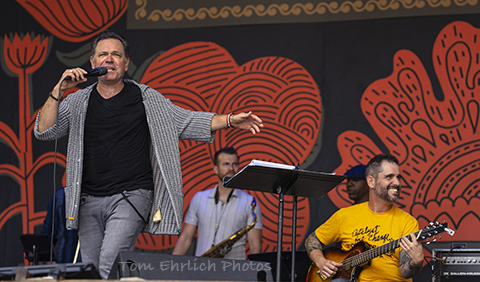 Kurt Elling and Charlie Hunter
Kurt Elling and Charlie Hunter
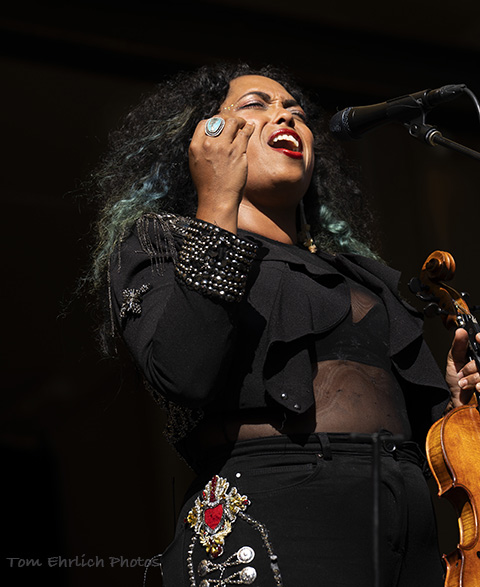 Mireya Ramos
Mireya Ramos
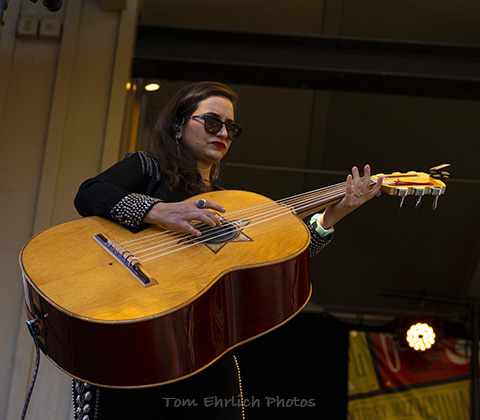 Elena Lacayo
Elena Lacayo
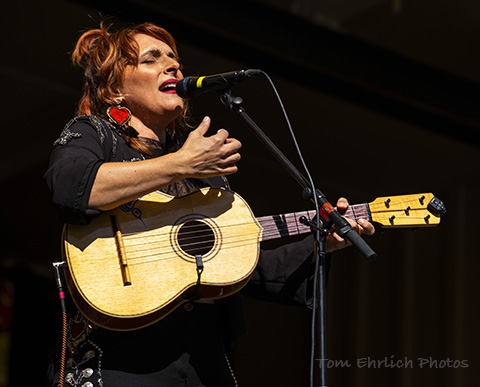 Shea Fiol
Shea Fiol
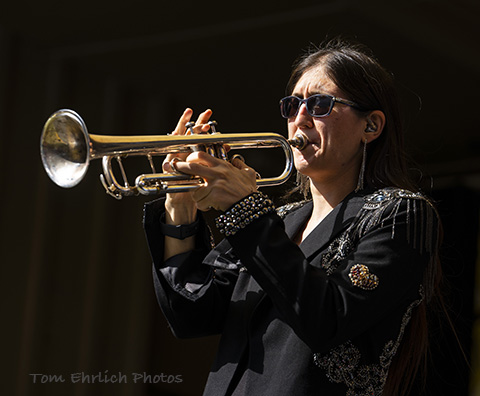 Anna Garcia
Anna Garcia
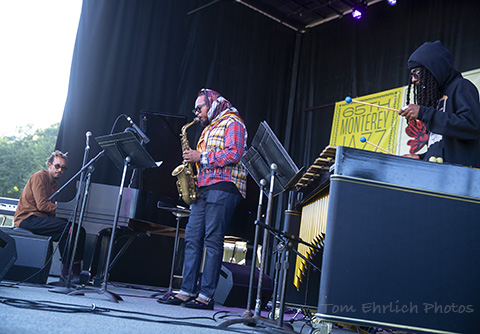 Gerald Clayton, Immanuel Wilkins and Joel Ross
Gerald Clayton, Immanuel Wilkins and Joel Ross
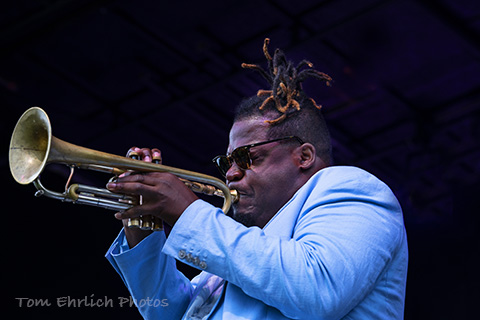 Keyon Harrold
Keyon Harrold
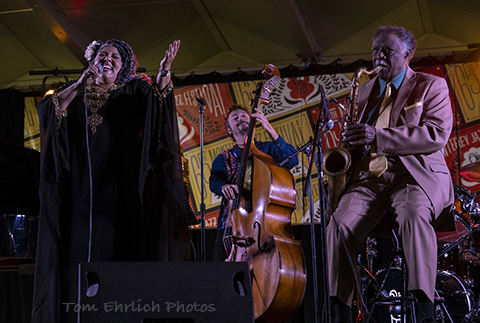 Kim Nalley, Michael Zisman and Houston Pearson
Kim Nalley, Michael Zisman and Houston Pearson
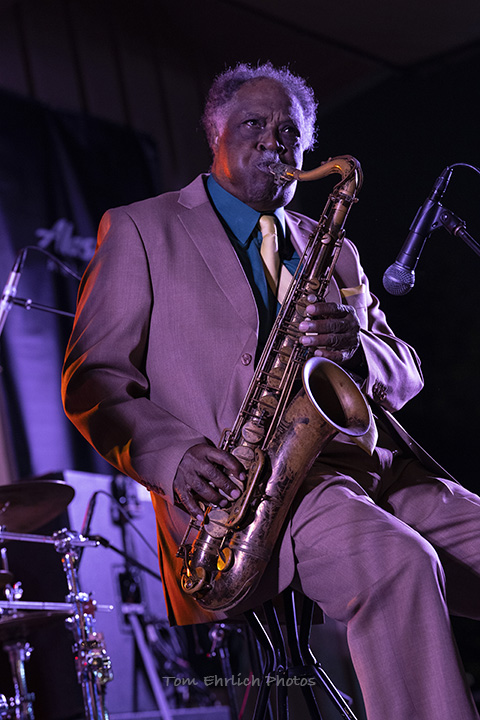 Houston Pearson
Houston Pearson
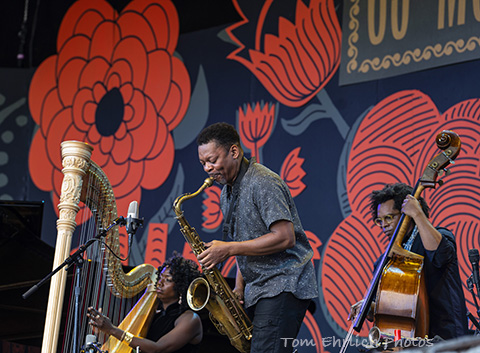 Brandee Younger, Ravi Coltrane and Lonnie Plaxico
Brandee Younger, Ravi Coltrane and Lonnie Plaxico
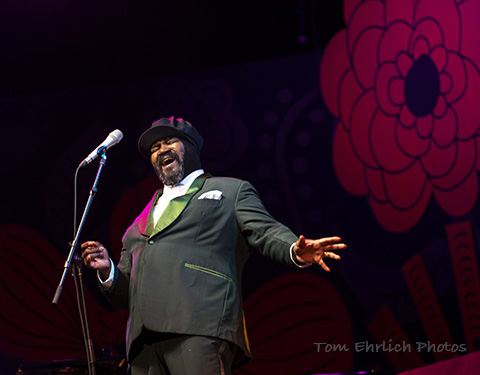 Gregory Porter
Gregory Porter
Monterey Jazz Festival
Part 3: Saturday
Here's Tom Ehrlich's 3rd Monterey Jazz gallery.
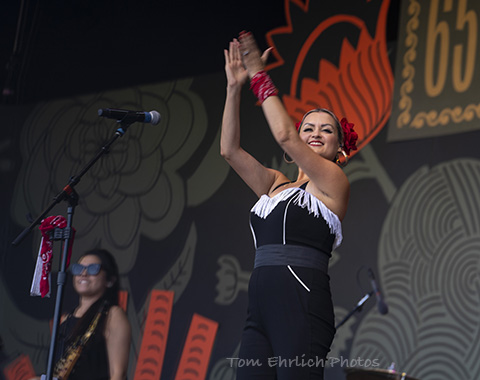 Denise Carlos
Denise Carlos
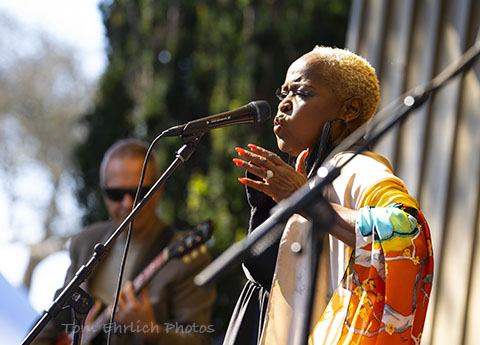 Terri Odabi
Terri Odabi
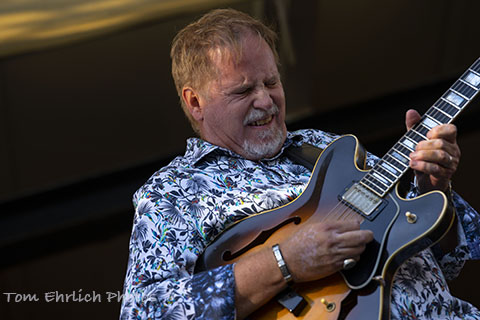 Dave Stryker
Dave Stryker
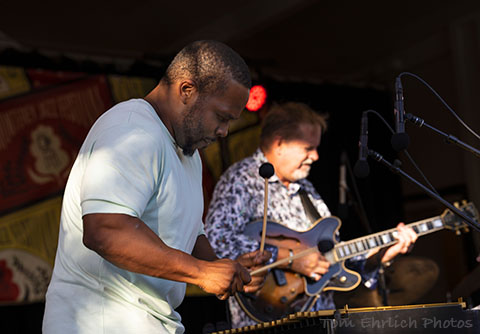 Warren Wolf vibes
Warren Wolf vibes
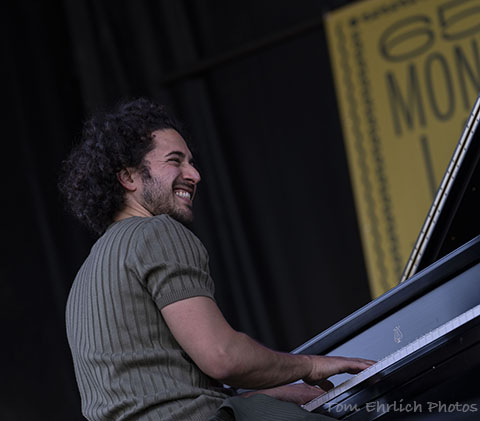 Emmet Cohen
Emmet Cohen
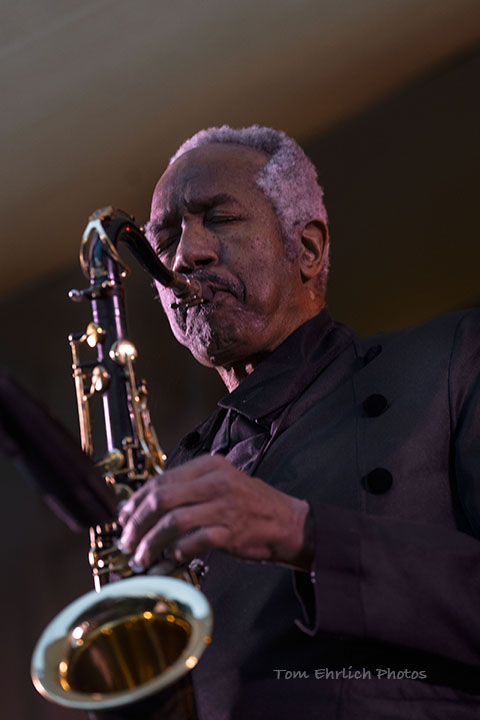 Billy Harper
Billy Harper
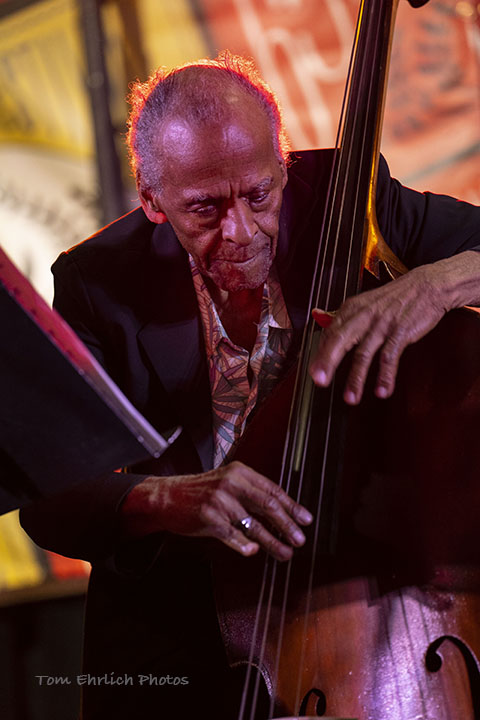 Cecil McBee
Cecil McBee
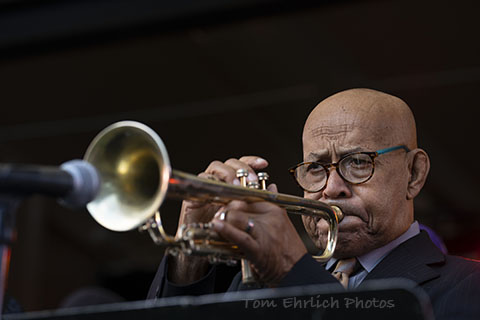 Eddie Henderson
Eddie Henderson
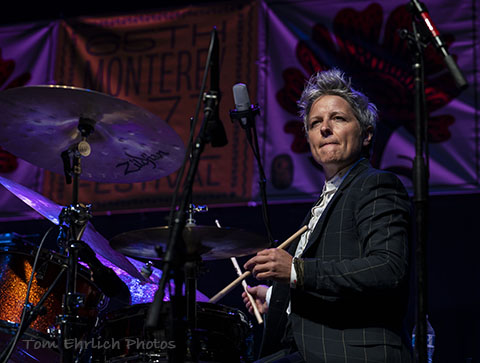 Allison Miller
Allison Miller
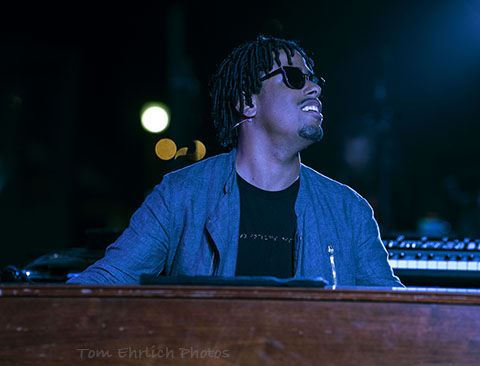 Matthew Whitaker
Matthew Whitaker
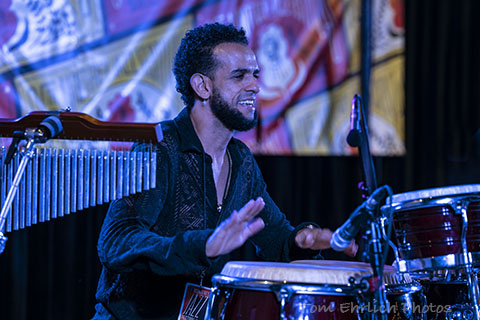 Iván Llanes
Iván Llanes
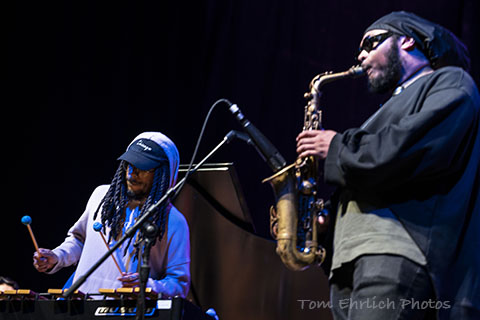 Joel Ross and Immanuel Wilkins
Joel Ross and Immanuel Wilkins
Monterey Jazz Festival
Part 2: Friday Night
Here's the second installment of Tom Ehrlich's 4-part coverage of the 2022 Monterey Jazz Festival.
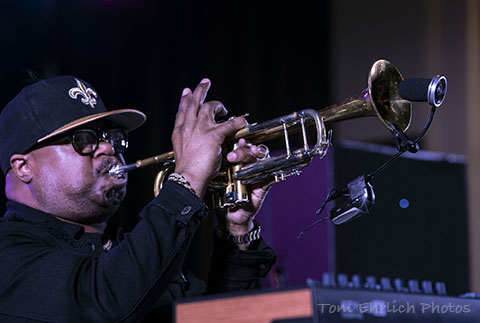 Nicholas Payton
Nicholas Payton
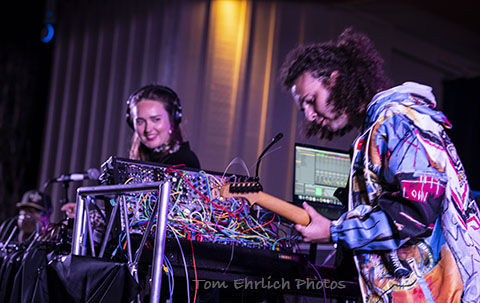 Sasah Masakowski and Cliff Hines
Sasah Masakowski and Cliff Hines
Monterey Jazz Festival
Part 1: Chucho Valdés and La creación
Tom was so floored by Chucho's large scale suite (performed by a combination of Hilario Durán's Yorubaland and John Beasley's Monk'estra) that he devoted a whole gallery to it.
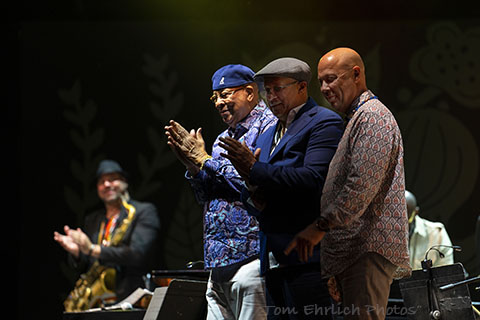 Left to right: Carlos Averhoff, Jr. sax, Chucho Valdés, Hilario Durán and John Beasley
Left to right: Carlos Averhoff, Jr. sax, Chucho Valdés, Hilario Durán and John Beasley
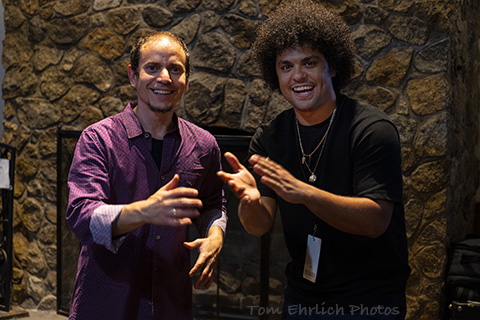 The dynamic duo of Dafnis Prieto and Roberto Vizcaíno, Jr.
The dynamic duo of Dafnis Prieto and Roberto Vizcaíno, Jr.
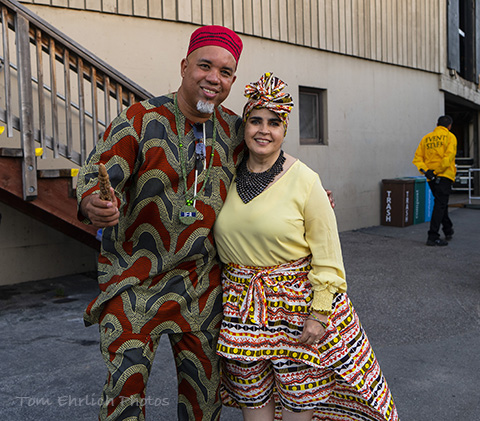 Erick Barbería and Yeny Valdés pre-concert
Erick Barbería and Yeny Valdés pre-concert




















